I’m going to start with a quote from the back of the bottle (which – aside – is annoying black glass that makes it 100% impossible to determine how much is left in the bottle. /rant). Ahhem. Highland Park Magnus “…bears the soul of our Viking ancestors, and the name of just one: our founder, Magnus Eunson. Enjoy a whisky crafted in the old way by a new generation of Vikings.” Cute marketing, bros, but I doubt that your Viking ancestors would have approved of their Akvavit being served at a watery 40% ABV. Ok, now that I’ve made my requisite “make fun of the marketing blather on the label” joke, we can move on to the whisky.
Highland Park is known for “partly” or “half” -peated single malts with a bit of sherry influence. A little of this, a little of that… I’ve said before that their Highland Park 12 year is a good introduction for single malt noobs who aren’t sure they’re ready for the full-blast peat of Islay whiskies. Unfortunately, the Highland Park 12 suffers for the comparison – it is a little more bitter and a little “rougher” (in terms of off-flavors) than comparably-priced Islay malts. Enter Magnus, the new entry-level NAS malt from Highland Park.
Like the rest of the line, Magnus is partly peated and partly aged in “sherry seasoned” American oak casks. Before you ask, that just means they took regular old ex-bourbon casks and sloshed some sherry around in them for a few months. This is becoming pretty standard practice in the scotch whisky industry, since nobody drinks actual sherry these days and real sherry barrels are hard to come by. Some refill casks are also used, but the distillery says the sherry-seasoned casks are a “high percentage” of the vatting. If you say so, Edrington. The result is bottled at an anemic (and very un-Viking) 40% ABV, with no added coloring. It doesn’t say if it’s chill-filtered, which means it probably is, especially at 40% ABV. Magnus seems to be priced where Highland Park 12 used to be priced ($33 – $40 US), with the age-stated whisky now retailing for $42 to $50.
You pay the same amount that you’re used to paying, and you lose the 12-year age statement and 3% ABV. So what do you get in return?
Nose: Gentle peat, light lemon and orange peel. Grapefruit. Deeper in the glass there’s a nice juicy tangerine note. Sweet, light, and with only an echo of floral Orkney peat.
Palate: Thin body. Mild tongue burn. Somewhat sweet on the tongue – shortbread or biscuits. Very slightly acrid – charcoal maybe.
Finish: Long ish. The citrus peel returns, along with some bitter barrel tannin and rosewater. Fades slowly without added complexity.
With Water: Several drops of water brings out a Lemon Pledge note – turning citrus peels into citrus-scented cleanser. The palate seems softer, with a bit more malt. No need for water here.
Overall: This is very similar to the Highland Park 12 year, but with less orange, less peat, and more lemon. It is, however, well-balanced and the gentlest possible introduction to peated single malt for the newcomer. With few off notes and little complexity, it sits confidently in the middle of its “value malt” price category. I wouldn’t pay more than $40 US for it, but I might snatch up another bottle if it drops to $30.
To answer the question posed above, you “get” a better-balanced malt with less bitterness and arguably more fruit, although it lacks those nice orange peel and orange blossom notes from the HP12. If the 12-year were still the same price, I would probably still choose it over the Magnus. However, I don’t think the 12-year is quite worth $10 more. Still, scoffing at sub-$40 whisky is what gets you called “The ScotchSnob” around here (like I haven’t heard that one before), so Recommended it is!


About The Distillery
The most northerly distillery in Scotland (although Scapa is only a kilometer to the southwest), Highland Park is located on the distant Orkney Islands, off the northeast coast of the Scottish mainland. The distllery’s water comes from Cattymaggie Quarry, which is decidely hard. It’s the peat, though, that makes Highland Park unique. Orcadian peat, sourced locally, is predominately compressed herbacious plants and heather (unlike peat from farther south, which is partially formed with tree matter and/or seaweed). The peat character is mild, however, as only 20% of the mashbill comes from Highland Park’s own floor maltings (and of that, only half is peated). The rest is unpeated malt imported from the Scottish mainland. Another Highland Park eccentricity is the use of predominately ex-sherry casks, without any finishing. This dance between heavily sherried wood and light Orcadian heather peat is what gives Highland Park its unique qualities. According to the website, all Highland Park whiskies have no coloring additives, although the core expressions are chill-filtered.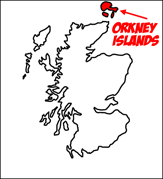


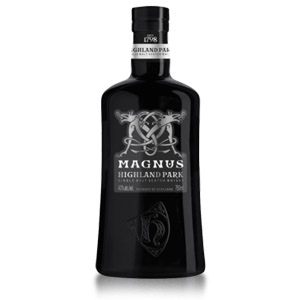
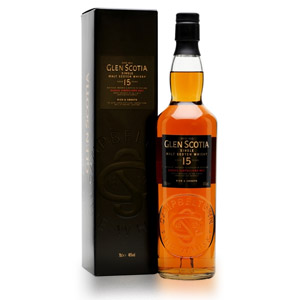
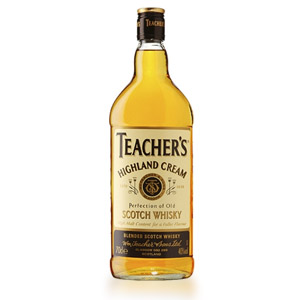

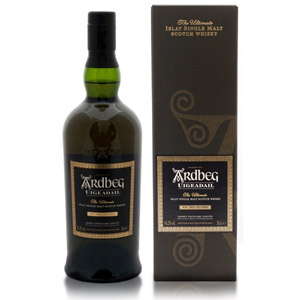

A friend gave me half a bottle of Highland Park 12, which I was happy to finish up for him. I found it good, but not great – much to the frustration of my local spirits retailer who is always trying to sell me on these new elaborately named & packaged Highland Park releases.
For my money, Bowmore 12 occupies the floral/fruity/gentle peat space much better, for around the same price.
I drink sherry. Great stuff. You don’t know what you’re missing.
This is not now, or ever has been any such thing as a “real Sherry cask”. The cask used to age Sherry never leave the solera system at the Spanish bodegas. If they do it is because they are worn out and unusable for anything. In the years gone by Sherry was shipped to England in the barrel and these empty transport casks were used for maturing whisky. When this practice stopped, cask were made and seasoned with sherry specifically for whisky maturation. For a while a sherry concentrate was employed for this purpose which produced some of the great sherried scotches people are nostalgic for. The use of this concentrate has been banned. Now barrels are made for whisky maturation by filling with sherry for 6-24 months after which the sherry is reused or turned into vinegar or alcohol. These are seasoned casks.
Thanks for the detailed explanation!
I just visited the Highland Park distillery.. apparently the ‘sherry’ used for seasoning barrels is eventually used to make brandy in Spain, so it doesn’t go to waste. Also, not all the smoke is from peat… Some of it’s from good old-fashioned COAL!